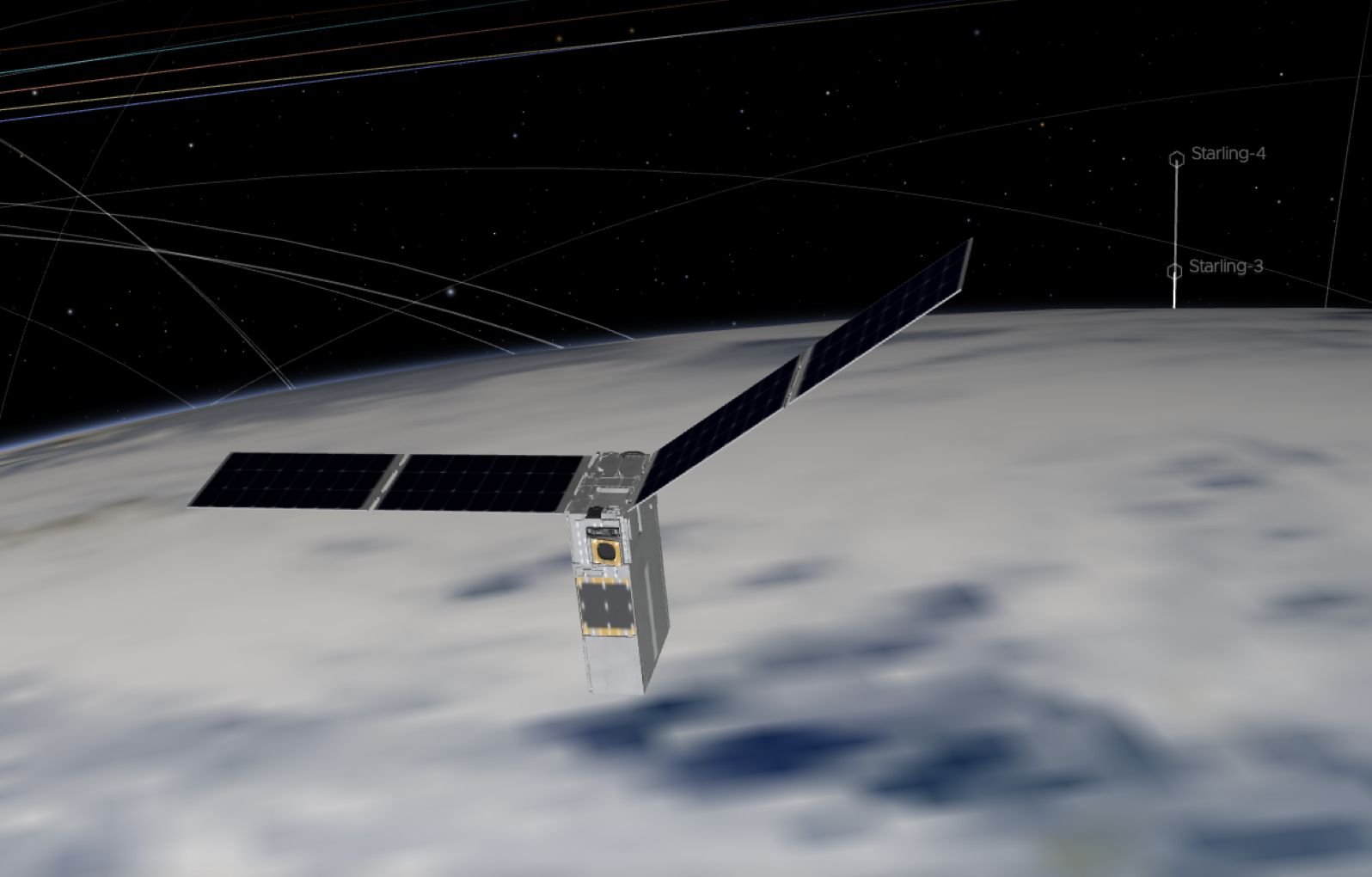Key Terms You Should Know When Turbocharging Your Engine

If the thought of turbocharging your engine has constantly been on your mind lately, it’s essential to know the lingo surrounding it. You shouldn’t have to slow down life in the fast lane because of confusing jargon. Understanding the terminology makes the transition smoother. Find some key terms you should know when turbocharging your engine to expand your knowledge.
Forced Induction
Before diving into turbocharging, it’s best to understand the wider umbrella of forced induction that it falls under. Forced induction refers to pressurizing the air that goes into an engine, either by turbocharging or supercharging. While both systems aim to supply more air and, hence, more power to your engine, they have fundamental differences.
A turbocharger functions by utilizing the exhaust gas from the engine’s combustion to spin a turbine, which drives a compressor to force more air into the combustion chamber. Meanwhile, the engine drives a supercharger directly, using a belt or gear system to spin its compressor, which forces air into the combustion chamber.
In a nutshell, turbochargers rely on exhaust gases, while superchargers rely on engine power. Forced induction and the methods used to achieve it are cornerstones of turbocharged engines. As a result, it’s an essential term to know.
Boost (PSI and BAR)
When you turbocharge your engine, you’re chasing after “boost.” Simply put, boost refers to the increased air pressure your turbocharger provides to your engine. In forced induction, PSI (pounds per square inch) and BAR (one bar equals approximately 14.5 PSI) are the units of measure that people use to quantify this increase in air pressure.
While PSI is predominant in the US, BAR is common in European countries. Understanding PSI and BAR is crucial when tuning your turbocharger to produce the desired amount of power. Increasing the boost pressure generates more power up to the limit your engine handles without damaging its components.
Wastegates
While we all love a performance boost, excessive air pressure leads to catastrophic consequences for your engine, such as a damaged turbine or more wear from the extreme burst. Enter wastegates—mechanisms that ensure your turbocharger doesn’t overpower your engine. A wastegate acts as a pressure relief valve, allowing excess exhaust gases to bypass the turbocharger when the boost reaches a certain level.
Different wastegates, such as internal and external ones, have valves inside or outside the turbo, respectively. “Wastegate” is a key term to know when turbocharging your engine,and understanding how wastegates work is crucial if you want to tune your turbo system for maximum performance.
Boost Leaks
The turbo life isn’t all sunshine and rainbows since boost leaks are potential villains lurking in the shadows. A boost leak occurs when pressurized air the turbocharger generates escapes through a damaged gasket, cracked pipe, or loose connector. This leak could lead to poor performance, increased turbo lag, and decreased fuel efficiency since the air moving through the turbo is insufficient.
It’s important to understand everything you need to know about boost leaks to diagnose and fix them, which should be a priority for any turbo enthusiast. Perform periodic checks for loose or broken hoses, connectors, and clamps. Invest in a quality boost leak tester to identify leaks early on and patch any holes with a silicone sealant or new gasket.




